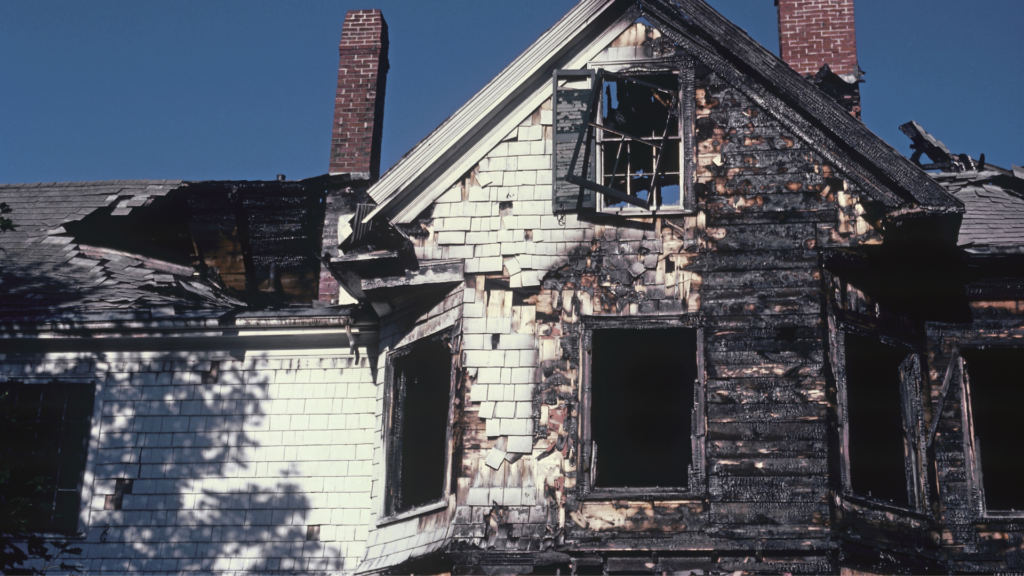The damage storms do to a house is devastating and can leave you feeling lost, in agony, and experiencing heightened stress. Florida alone accounts for six of the 10 metropolitan areas with the greatest risk of hurricane damage.
Typical storm damage can harm homes by removing shingles and damaging siding. It can also destroy a house’s exterior, cause indoor flooding, and jeopardize a well-functioning property.
When this damage happens, it is vital that restoration is considered as soon as possible after a storm has passed.
Continue reading to discover the steps to take to recover from a storm and restore your property.
What Happens During Storm Damage Restoration
1. Ensure everyone is safe
Severe storms can leave behind broken, disintegrated glass, roofs, ceilings, windows, and other hazards. It is critical that the first priority following a hurricane is ensuring that everyone is safe.
Generally, it’s your first inspect the property to assess the storm’s damage. While this is important, there are more critical precautions you must conduct.
First, confirm that there’s no threat of electrocution. This is more likely if flooding has occurred and down power lines are close to the property. If this is the case, stay away from the property until the power is cut.
If your roof appears unstable, evacuate from the house until professionals can inspect the structure. Actively watch out for things such as nails, sharp debris, and glass.
Most importantly, if the house smells of natural gas after the storm, notify the gas company immediately.
Ensuring everyone’s safety will always be the number one step that is a non-negotiable act after a storm’s passing.
2. Guard the property
After taking the necessary safety precautions, your second step is to guard and secure the property.
Check for any broken windows, heavy leaks, and flooding. Board up any window that is still letting water in. Remove any valuable possessions that might be at risk. Remember, stagnant water is notorious for causing more severe problems. Also, water intrusion can lead to mold growth which can be life-threatening.
This step is overwhelming for most people. Reaching out to emergency restoration professionals is advisable.
3. Document all damages
After ensuring everyone is safe and the property is guarded, assessing the damage is the next step to storm damage restoration. This can be an emotional process but is vital for filing an insurance claim.
It is essential that documentation of all the storm’s damages is thorough. Taking pictures, of both the exterior and interior of the property helps. Every photograph must be detailed.
If there are any major appliances or furniture that is broken, photograph them to help determine the replacement value. Documenting every damage to a property will make the insurance claims process more straightforward.
It is also vital to carefully inspect the property’s exterior as many damages can go unnoticed. Look for damage residing on roof shingles, siding, window frames, and outdoor HVAC units.
The documentation process may seem like a hassle and unnecessary, or even stressful, but it must be done to recover the correct amount of losses acquired.
4. Contact the insurance company
The first thought that will come to mind after assessing the damages to your property caused by a storm is going to be
The next step is to file a property damage claim with your insurance company. Keep in mind that the extent of the claims varies for different policies and is subject to terms and conditions.
Get in touch with your insurance property as soon as you can. Quickly reaching out is essential because waiting can make the claim process longer and more stressful. This is especially true if a natural disaster causes damage to a large number of people in the affected area.
After securing a conversation with the insurance adjuster, the next thing to do is to set up a date for them to do the inspection. Communicate all the issues and documentation as clearly and in detail as you can to expedite the process.
5. Partner with a reputable storm damage evaluation company
Dealing with storm aftermath is challenging, not to mention the complicated procedure of processing your claims. This is why hiring a professional restoration company that will assist the property’s damages accurately and aid in getting the property back to normal is a step worth considering.
Working with a company with a strong reputation and positive public image is important. Ensure the organization has extensive knowledge regarding handling all types of damages that can arise because of a storm.
Be wary of scams, as some are fraudulent and prey on victims of storms. Prioritize finding an experienced professional like Disaster Management Recovery Group to restore a damaged property from top to bottom.
DMRG works directly with your insurance company and supplies them with the paperwork they need to process your claim quickly.


